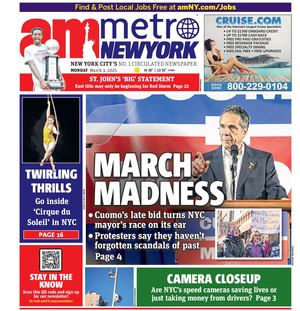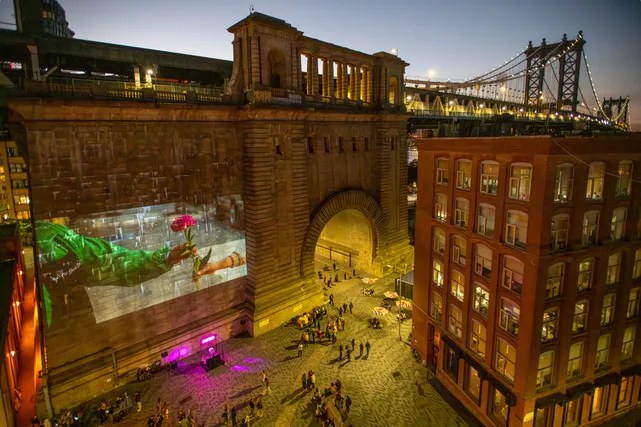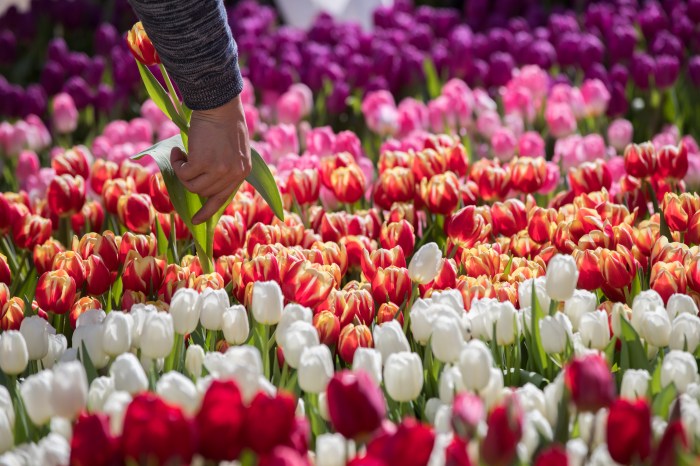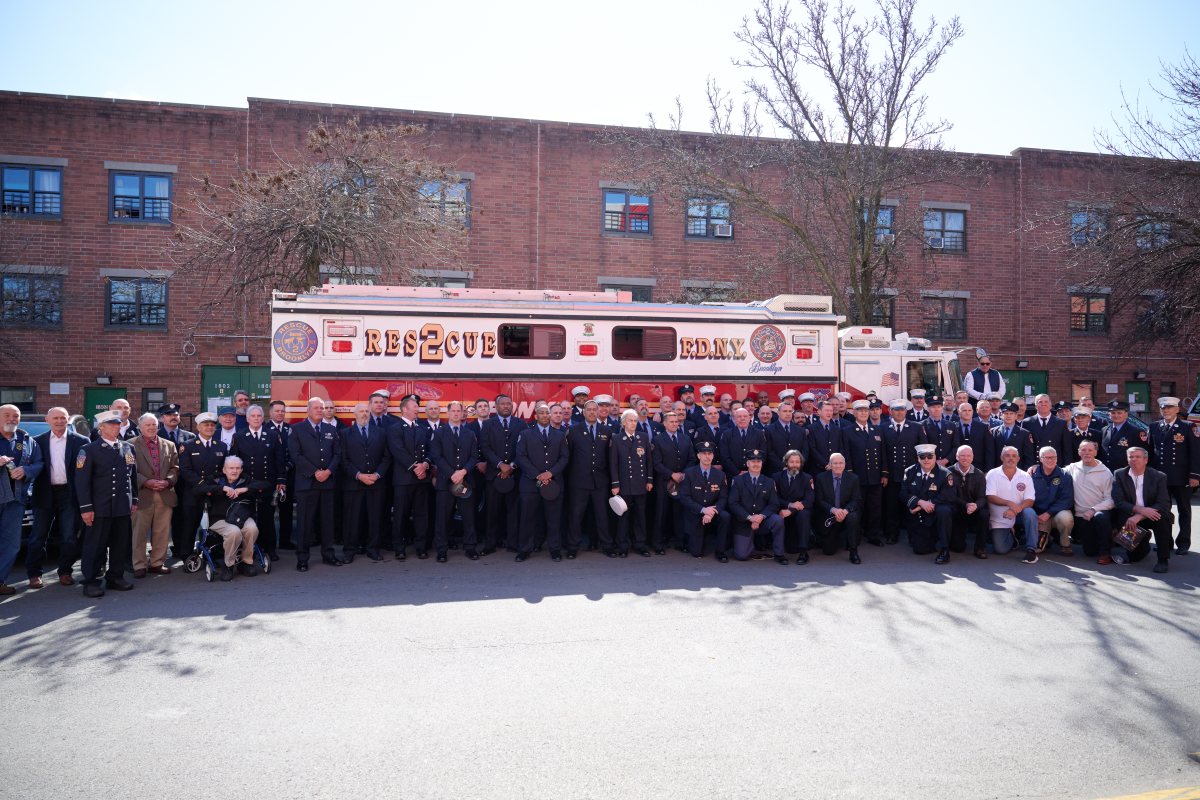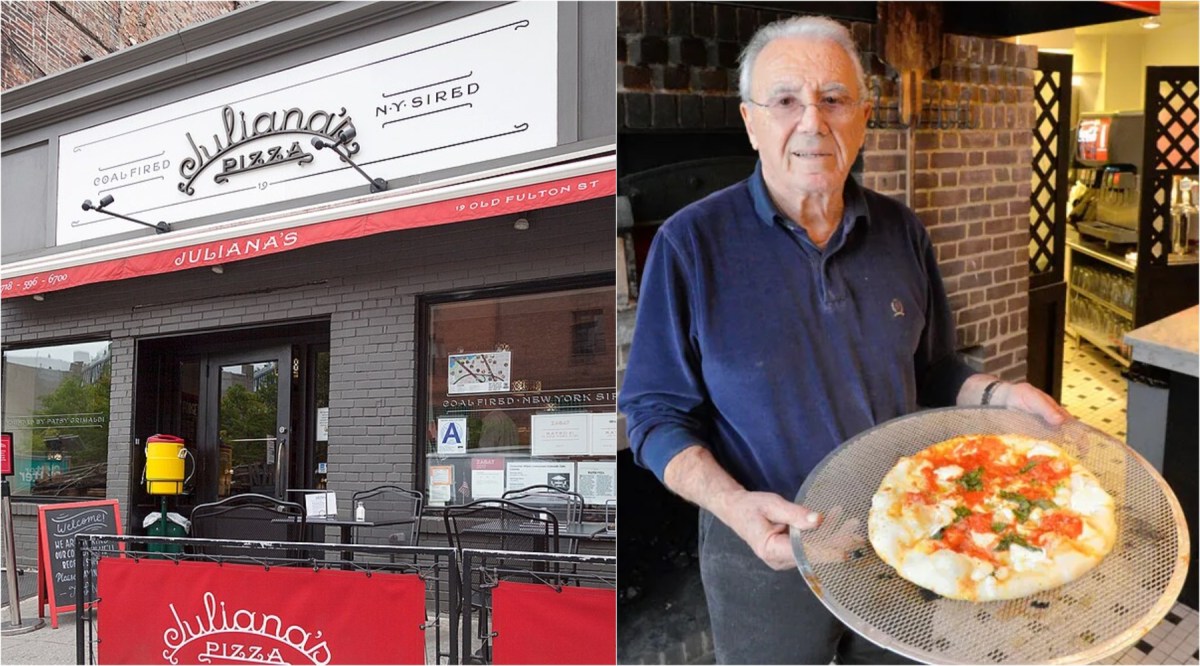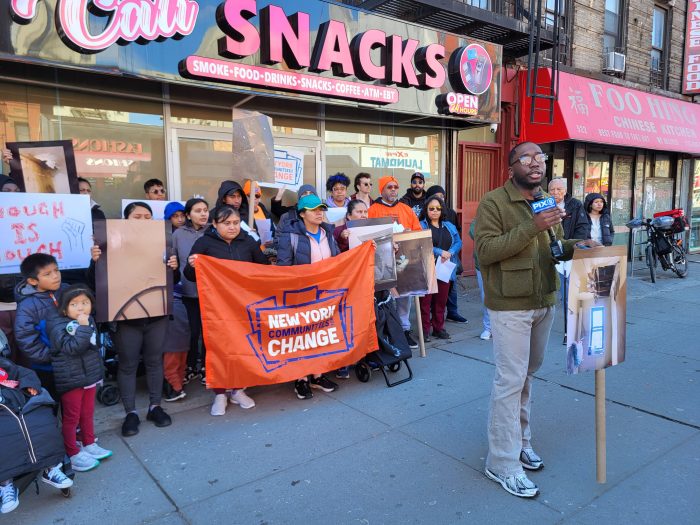The pending Brexit has put London in flux. But one immediate result has been the drop in value of the British pound. If you strategically booked a trip to take advantage of the strong US dollar, here’s what to do once you cross the pond.
Where to go:
Looking to spend those pounds? London’s shopping districts are well-trafficked and well-heeled — famous luxury department stores, like Harrods (87-135 Brompton Road, harrods.com) and Selfridges (400 Oxford St., selfridges.com), are worth an afternoon each. For a calmer, more scenic destination, try Marylebone, rich with Georgian townhouses and one-of-a-kind shops, or Sloane Square, stocked with brand-name boutiques. Notting Hill market Portobello Road (closed Sundays, stalls primarily open Saturdays; portobelloroad.co.uk) is essential for fine European antiques and off-beat knick-knacks, while the Old East End’s Columbia Road Flower Market (Sundays only; columbiaroad.info) is home to flower sellers, as well as vintage and antique shops.
For art, there’s more to see at Tate Modern (FREE admission; Bankside, SE1 9TG, tate.org.uk), which opened its pyramid-shaped expansion, Switch House, this past spring. Beyond the new exhibition space, don’t miss the new rooftop terrace with panoramic views of the city, including the Thames River and Millennium Bridge. For more unparalleled views, the recently-opened Sky Garden is an oasis of trees and ferns from 35 floors up — making it London’s highest public garden (FREE, must reserve in advance; 1 Sky Garden Walk, skygarden.london).
Where to eat:
London’s East End is full of casual but happening eateries. Rotating vendors constantly renew Old Spitalfields Market (Horner Square, oldspitalfieldsmarket.com), a 19th-century structure filled with permanent shops and restaurants — visit Blixen for upscale comfort dishes, and find food trucks in the market’s adjacent alley. Nearby, find St. John Bread and Wine (94-96 Commercial St., stjohngroup.uk.com), the pared-down sister location of St. John, a seminal restaurant that inspired a citywide culinary movement with its nose-to-tail concept; expect small plates featuring deviled kidneys and crispy pig’s tail.
South of the Thames and under a railway, Borough Market (8 Southwark St., boroughmarket.org.uk) has been around for a millennium. The biggest lines are found at Kappacasein, a stand famous for raclette: boiled potatoes are topped with a melted, signature cheese that’s roasted in front of each customer. Lines are no shorter at Padella, the market’s new brick-and-mortar pasta bar.
As far as pubs go, Ten Bells (84 Commercial St., tenbells.com), which two of Jack the Ripper’s victims supposedly visited before their deaths, is a classic. For cocktails, London Cocktail Club (multiple locations, londoncocktailclub.co.uk) is best known for its unique concoctions — a bacon and egg martini is as peculiar as it is popular.
Where to stay:
Hoxton (multiple locations, thehoxton.com) is known for stylish guest rooms, and its lounges are designed for mingling. The Lanesborough (Hyde Park Corner, lanesborough.com), located across the street from Hyde Park, is among London’s most prestigious properties.
Getting around:
Bike: Well-known landmarks such as Buckingham Palace, Big Ben and Hyde Park are easier to check off the bucket list now that London has added more bicycle lanes. Similar to New York’s CitiBike, Santander Cycles, (multiple locations; tfl.gov.uk/santandercycles) has increased stations throughout the city.
Bus: For public transportation, a new “Hopper” bus ticket allows passengers to hop on and off as many times as they choose within one hour after they first board.
Train: The city recently launched a Night Tube, which extends the subway’s hours to 24 hours on certain lines
